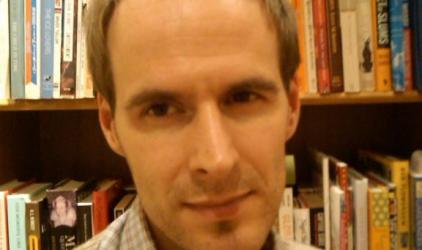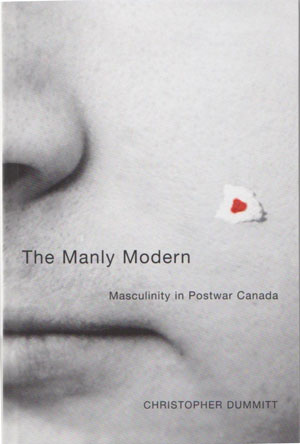Everyday History (Christopher Dummitt)

This particular spring ritual started several years ago. My university, ever keen to have its researchers spotlighted n the media, put out a press release about an article I published back in 1998 on the history of men and barbecuing. In the article I took this common feature of our everyday life, the preponderance of men doing the barbecuing, and asked some basic but critical questions about how this came to be. The humorous topic with the serious historical spin proved appealing. For a couple of weeks I was drawn out of the quiet academic life and obliged to deal with what seemed to me an inundation (but was probably only a smattering) of calls from radio stations and newspapers. Every spring now I can expect a handful of emails and telephone calls from journalists getting an early jump on summer, arriving sometime after the snow has left but before the first Canada Goose.
 Despite the fact that the research is well over a decade old and my own interests have moved on considerably since that time, I mention it because this research still conveys my basic approach to the writing and teaching of history: start with something we think we know, move backwards, ask open-ended questions, and be prepared to be surprised.
Despite the fact that the research is well over a decade old and my own interests have moved on considerably since that time, I mention it because this research still conveys my basic approach to the writing and teaching of history: start with something we think we know, move backwards, ask open-ended questions, and be prepared to be surprised.
This is the inspiration behind a course I teach at Trent University called Everyday History. Each week we take some common feature of our everyday life and look at its complex history. Many lectures begin with a question such as ‘Why can’t I buy beer at the corner store?’ or ‘Why is there French on my cereal box?’ The historical answers are invariably more elaborate and involved than the students might initially anticipate, involving explorations across centuries, cultural values, national boundaries, political institutions and social practices. The goal is to show how we are always sailing across only the surface of the ocean of history. Not only is our current life a boat supported atop this ocean, but beneath us are the shipwrecks and ancient species of fish that we have forgotten, ideas and practices once common and now seemingly unthinkable.
The book I am currently writing does something similar to a figure who we think we know all too well, former prime minister William Lyon Mackenzie King. When King died in 1950, many commentators asked how it was that he had been so successful and what this said about Canada. This kind of commentary continued for several decades, well into the 1980s, largely because of the revelations about King’s eccentric personal life, including his spiritualism, his visits with prostitutes, and his creepy fulsome affection for his mother. Most studies of King have invariably asked how any of these personal details should affect the way we see King as a prime minister. My own study comes to the subject backwards. Instead of trying to figure out if King slept with prostitutes (or had sex at all), I am interested in why so many commentators have found this question so compelling (or irrelevant). In other words, I turn our attention to the commentators who sought to remember King, and the years in which they wrote, the 1950s to the 1980s, to examine what our fascination with King reveals about changing cultural and political values in those decades.
 As a side project, but also partly connected to this book, I’m exploring questions about how historians write history. I took this up in my article ‘After Inclusiveness’ that was published in my co-edited book with Mike Dawson, Contesting Clio’s Craft: New Directions and Debates in Canadian History. In particular I’m keen to experiment to see how one can write narrative history that still speaks to the kinds of analytical concerns of cultural history. In other words, can we do the same kind of cultural interrogation that is so central to cultural history, but use the mechanisms of the novelist to convey these insights in a more artful form? I took a first stab at this in an article published in the autumn 2010 issue of Labour/Le Travail titled ‘Harry Ferns, Bernard Ostry and The Age of Mackenzie King: Liberal Orthodoxy and its Discontents in the 1950s.’ It is a work in progress and, for me at least, it is still an unanswered question.
As a side project, but also partly connected to this book, I’m exploring questions about how historians write history. I took this up in my article ‘After Inclusiveness’ that was published in my co-edited book with Mike Dawson, Contesting Clio’s Craft: New Directions and Debates in Canadian History. In particular I’m keen to experiment to see how one can write narrative history that still speaks to the kinds of analytical concerns of cultural history. In other words, can we do the same kind of cultural interrogation that is so central to cultural history, but use the mechanisms of the novelist to convey these insights in a more artful form? I took a first stab at this in an article published in the autumn 2010 issue of Labour/Le Travail titled ‘Harry Ferns, Bernard Ostry and The Age of Mackenzie King: Liberal Orthodoxy and its Discontents in the 1950s.’ It is a work in progress and, for me at least, it is still an unanswered question.

